No products
Product successfully added to your shopping cart
There are 0 items in your cart. There is 1 item in your cart.
Cypripedium 'Ulla Silkens'
3546
The result of crossing a pink-red American variety (Cypripedium reginae) with a yellow variety found in Russia and in the Himalayas (Cypripedium flavum). The result is a beautiful flower with whitish pink petals covered by a variable number of red spots. It should be noted that the number of spots seen on the plants can vary from just a few to more than thirty.
This product is no longer in stock
By buying this product you can collect up to 3 loyalty points. Your cart will total 3 points that can be converted into a voucher of 0,60 €.
- Remove this product from my favorite's list.
- Add this product to my list of favorites.
- Send to a friend
Data sheet
| Range | Easy Garden |
| Color | Pink-mauve |
| Flowering | May, June |
| Height | 50-70 cm |
| Exposure | Semi-shade |
| Hardiness | Very Hardy (-30°C) |
| Presentation | 1 liter container, flowering size plant, 1-2 shoots |
More info
Planting
Cypripedium prefer soil that is low in organic matter and has good draining properties. Airing the soil is recommended, using a mineral substrate (at least 50%) such as sand, Argex, pouzzolane or ideally lava stone (vulca). As organic matter, a little finely crushed pine bark or some compost based on coconut leaves or fibres could be added.
It is important not only that the rhizomes of the Cypripedium do not desiccate in summer but also that they are not immersed in winter. The various mineral substrates will ensure good moisture retention in summer while encouraging good drainage during the winter.
Exposure
In the garden, we recommend planting Cypripedium in a cool, shaded or semi-shaded place. Sunlight at the hottest hours of the day is to be avoided.
Growth Phase...
During the winter, the plant persists in rhizome form and does not require any special protection.
The new Cypripedium shoots usually appear during April. Once started, the vegetation grows very quickly; in 3 to 5 weeks, the foliage has opened out. The flowering extends from the end of April to June. At the end of the summer, the foliage yellows then fades before disappearing completely. Cypripedium then go into their winter dormancy.
Over the years and following the successive growth and dormancy cycles, Cypripedium not only become stronger but also multiply, thanks to the annual appearance of new shoots.
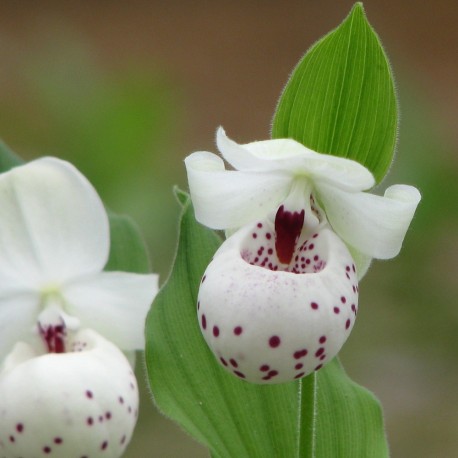








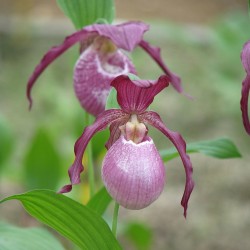
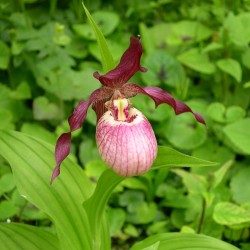
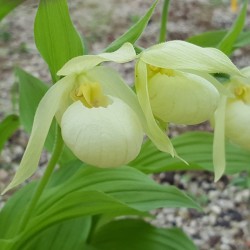
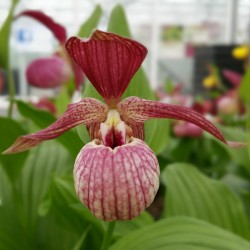
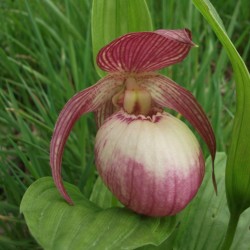
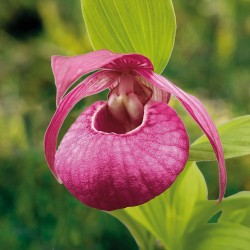
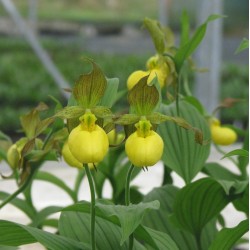
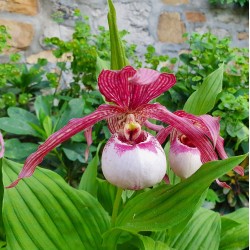
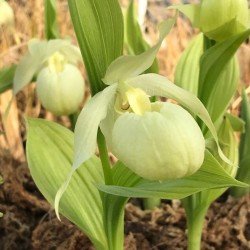
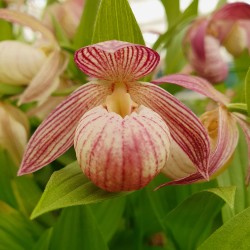
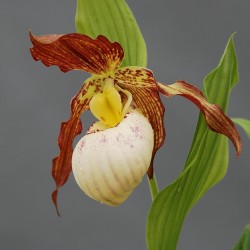
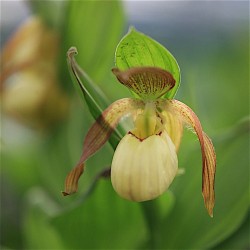
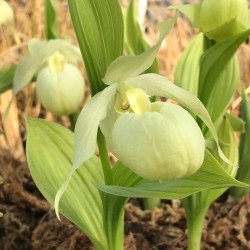
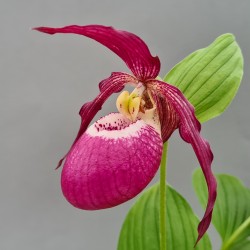
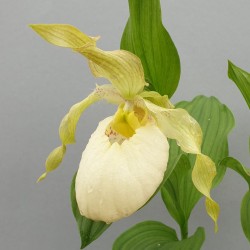
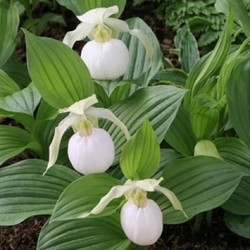
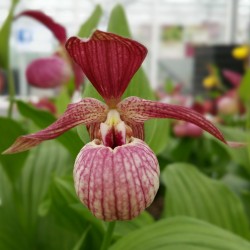
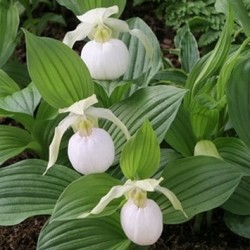
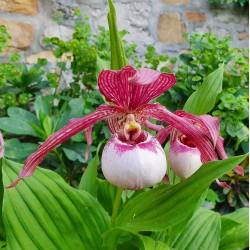
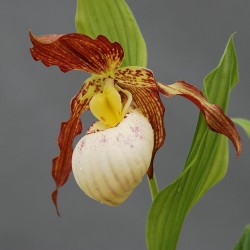
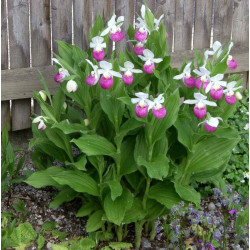
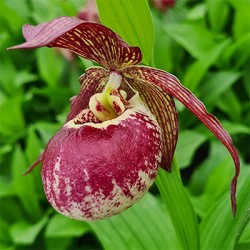

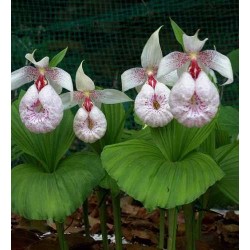
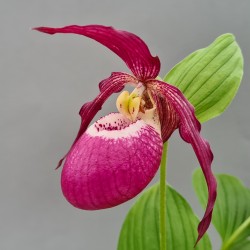
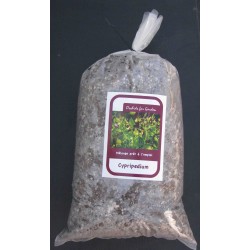
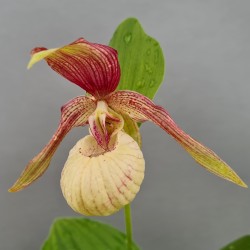
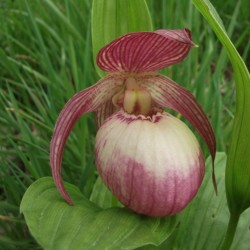
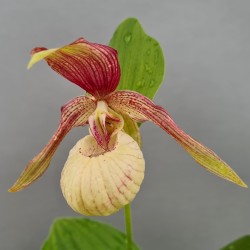
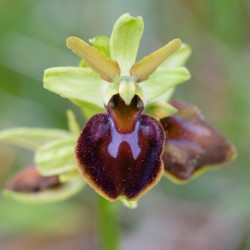
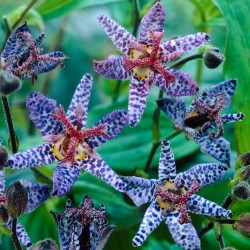
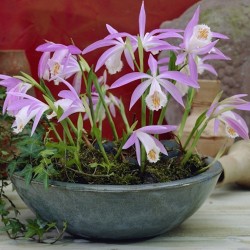
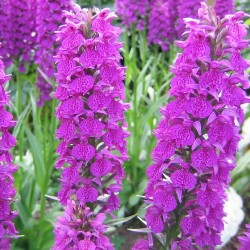
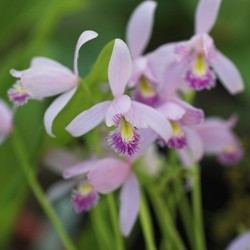
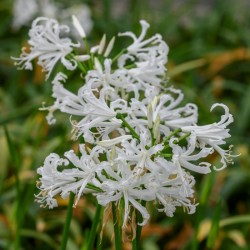
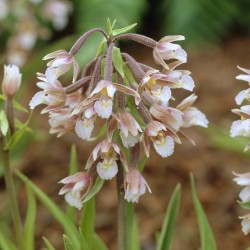
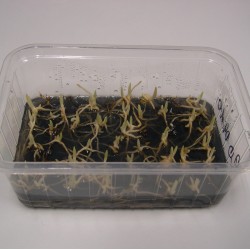
 Cypripedium ‘Ulla Silkens’: A remarkable offspring
Cypripedium ‘Ulla Silkens’: A remarkable offspring